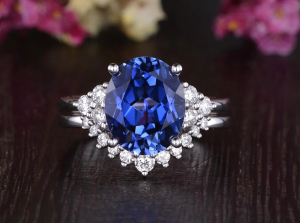Dental Treatments for Sleep Apnea

Sleep apnea is a widespread yet often undiagnosed syndrome that affects an estimated fifteen million men and women in the US alone. It is far more common in men as it is in female patients. The symptoms include snoring, disruption of breathing while sleeping, feeling tired upon waking, aching head upon waking, daytime exhaustion and drowsiness, changes in disposition and attentiveness, and a decline in sex drive. These symptoms have a negative effect on the day to day lives of sufferers.
They have trouble staying awake, particularly at work or when arriving home from work. Their relationships suffer, their work output decreases and they feel unhealthy in general. It is a debilitating disorder that requires treatment. Untreated sleep apnea has been shown to be a contribution to many other serious problems, such as cardiovascular symptoms, which are prominent among middle-aged men. Due to these issues, if sleep apnea is diagnosed, a sleep disorder specialist should be consulted. Your family doctor or dentist can refer you to a sleep center for treatment.
The best treatment for patients with is the most conservative therapy that will improve his unique medical situation. What is the most conservative therapy that will help you? This is a multifaceted and personal question that should be discussed by you, your sleep doctor and your family doctor. The treatment should be chosen according to the type of apnea, the severity of the symptoms, and your other health considerations. One conservative treatment that has been proven to help is the application of various dental devices. These dental appliances are recommended for those people who experience mild to moderate obstructive sleep apnea.
A number of devices are available depending on the need of the patient or the prescription of a dentist. These devices are designed to reposition the mandible and tongue in an anterior or forward position to enlarge pharyngeal dimension and to prevent their collapse into the airways during sleep. The goals of this dental treatment include improvement or resolution of snoring and obstructive sleep apnea. Two types of oral devices are available for the therapy, a mandibular repositioner and tongue retaining devices. The mandibular advancement device, referred to as MAD, is the most widely used instrument for treatment of sleep apnea. Its features are similar to a mouth guard, which forces the lower jaw downward and forward to maintain an open and unobstructed airway. The TRD, or tongue-retraining device, keeps the airway open all the time by holding the tongue in place.
These devices can cause marked improvement of airflow, thus decreasing snoring and sleep apnea. Side effects of this device include increased salivation, discomfort and dry lips. Regardless of which treatment you and your dentist or sleep specialist decide upon for your circumstances, consistent use of the dental device is need for improvement to be seen. Getting used to a dental appliance while sleeping can be difficult and far too often patients stop using them. The side effects and risks of untreated sleep apnea should be enough to make you want to continue treatment for as long as required to achieve relief from the debilitating symptoms of sleep apnea.







